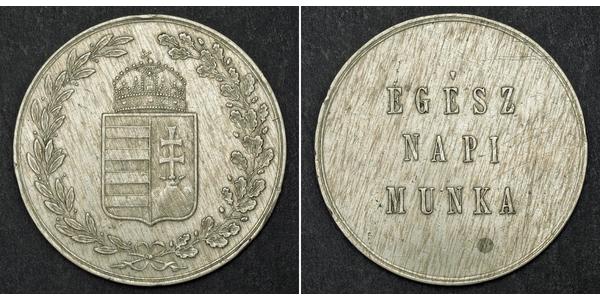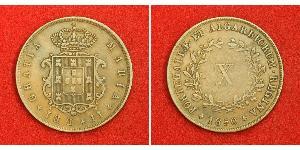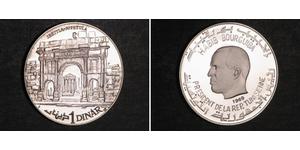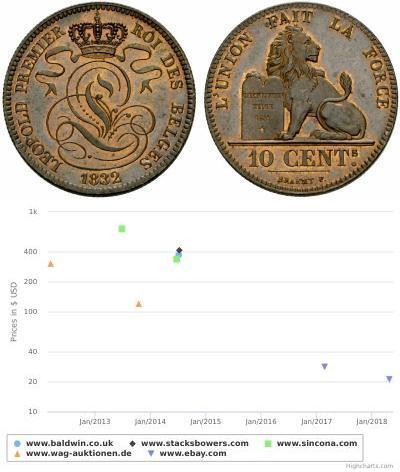(sold for $3.0)
1850, Hungary. Large Copper-Nickel "Full-Day-Work" Tobacco Factory Token Coin.
Mint Place: Vienna Mint Period: 1850-1867 Denomination: Tobacco Factory Token - Full Day Work Condition: Light edge-hits, minor scratches, othewrise, otherwise a nice XF! Material: Copper-Nickel Weight: 12.01gm Diameter: 37mm
Obverse: Crown of St. Stephen on coat-of-arms of Hungary within wreath.
Reverse: Inscription in three lines ("EGÉSZ NAP MUNKA" - "Full-Day-Work").
Tobacco was unknown in Europe before the discovery of America. However, unlike other imports from the Americas that enriched European cuisine and coffers, European society did not uniformly embrace tobacco. At first welcomed as a miracle drug and cherished as a stimulant by élite circles, it was soon condemned by religious authorities for its ‘detrimental effects’ on order and morality, and tobacco thereafter lost its exclusive and exotic reputation.
The ‘new vice’ entered Central Europe during the Thirty-Years War (1618- 1648) via English soldiers. Although opposed by the Catholic and Protestant churches as well as traditional rabbis, tobacco was rapidly adopted by soldiers of both sides of the conflict and through them disseminated to the general population. In the second half of the seventeenth century, the countries north of the Alps began organizing a tobacco trade. In 1701, the Habsburg Emperor Leopold I published a general charter for all his provinces, where he declared that tobacco trade and production was to be a state monopoly. Like the Spanish king, he embraced tobacco as a taxable commodity and source of revenue for the crown.
The revenues generated by tobacco taxes did not live up to the hopes of the Emperor and his Treasury, and the Treasury decided in 1722 to set up its own tobacco factories, as was standard in the Western European countries. The first and primary factory was erected in September 1722 in Hainburg (Lower Austria) with Baußart von Sonnenfeld, a privy councilor at the Imperial Treasury, as its first director. In 1723, the Treasury expanded its tobacco bureaucracy across the Empire, establishing provincial branches of the central tobacco administration in Bohemia, Moravia, Silesia, Upper Austria, Styria-Carinthia, Carinola and the Austrian Littoral (i.e. the area of Trieste, Istria and Gorizia). These main provincial offices erected additional factories and managed tobacco production as well as retail sale.
The erection of state-owned factories, provincial and district administration offices, all manned by properly paid civil servants was expected to be the first step toward proper organization of the tobacco monopoly in the Habsburg Monarchy. However, shortcomings on the local level resulted in corruption, rising prices and a simultaneous decrease in productquality. These shortcomings lend to an enhanced black market trade and contraband.

|
Posted by:
anonymous 2019-10-21 |






















